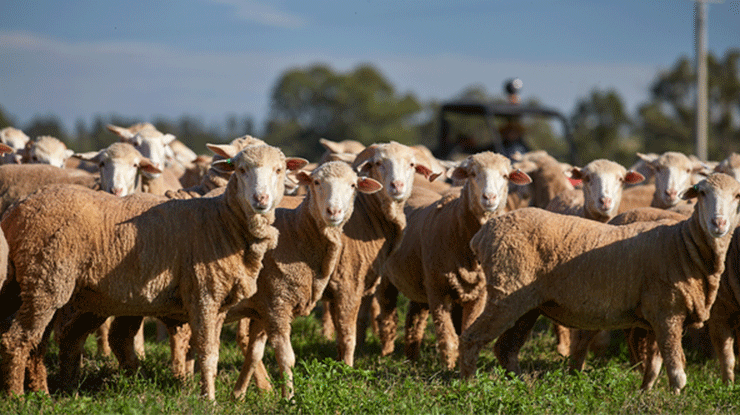
Elevate your flock with eID
Taking a livestock business to the next level requires good monitoring, good decision making and great implementation.
Electronic identification (eID) can be a powerful tool to make more informed flock management decisions at critical times throughout the year, such as pregnancy scanning and lamb marking.
MLA Donor Company (MDC) co‑funded the Agriculture Victoria ‘eID Enabled’ project to investigate opportunities to incorporate eID on‑farm and within the lamb supply chain.
“The more things you measure, the more you can perfect your management and the better your business will be,” Agriculture Victoria technical specialist Kirstie Anderson said.
“Incorporating eID systems into your enterprise can help you achieve this outcome.
“eID enables you to record different aspects of performance across a range of time points. This data can then be collated and analysed, allowing you to make informed decisions.
“The value of implementing eID is higher the earlier you start recording information. Ideally you should apply the tags at lamb marking and start your data recording from that point.”
|
Five benefits of using eID The value eID can bring to individual sheep businesses varies, but broadly includes these five benefits: 1. Measure the response to management 2. Manage individuals while also managing the mob 3. Increase labour flexibility 4. Select animals to retain 5. Enhance traceability |



